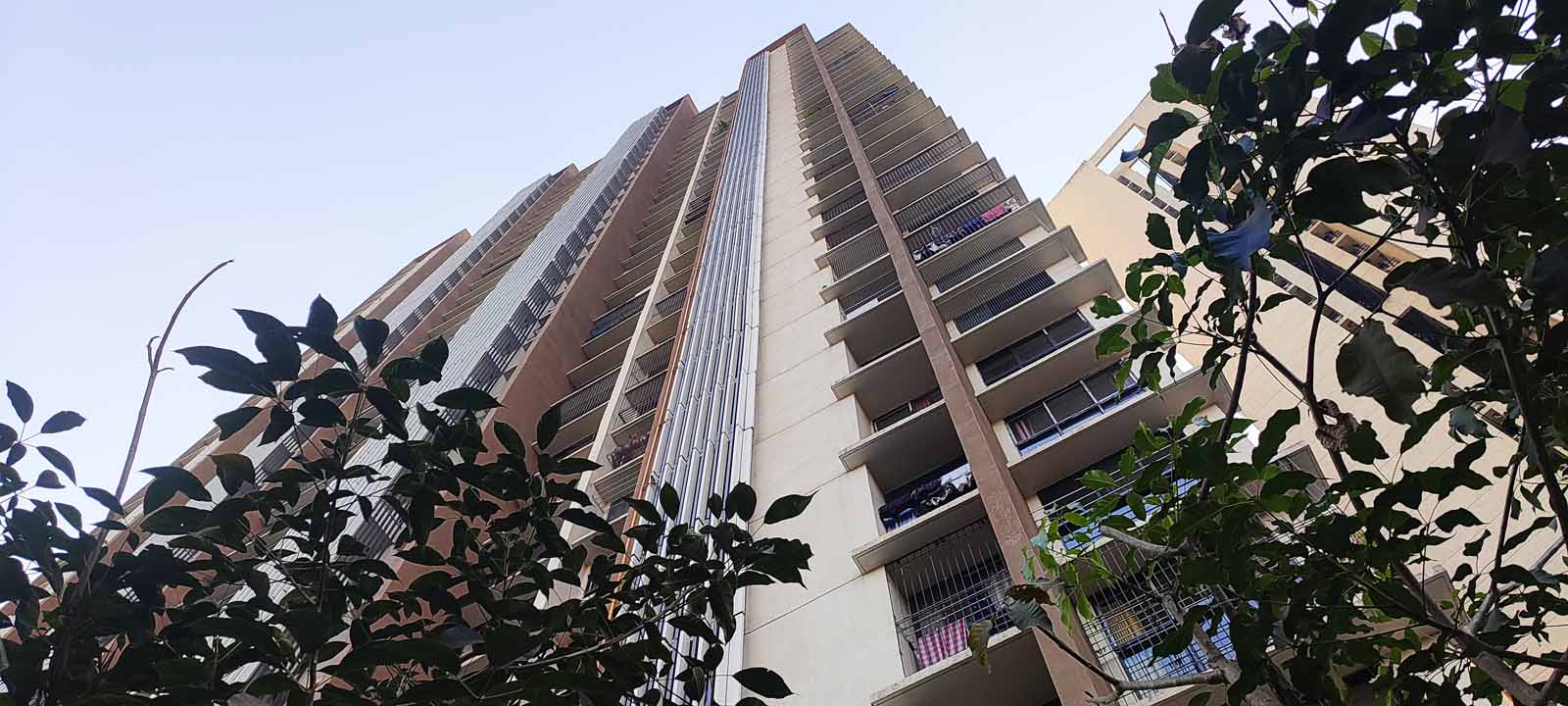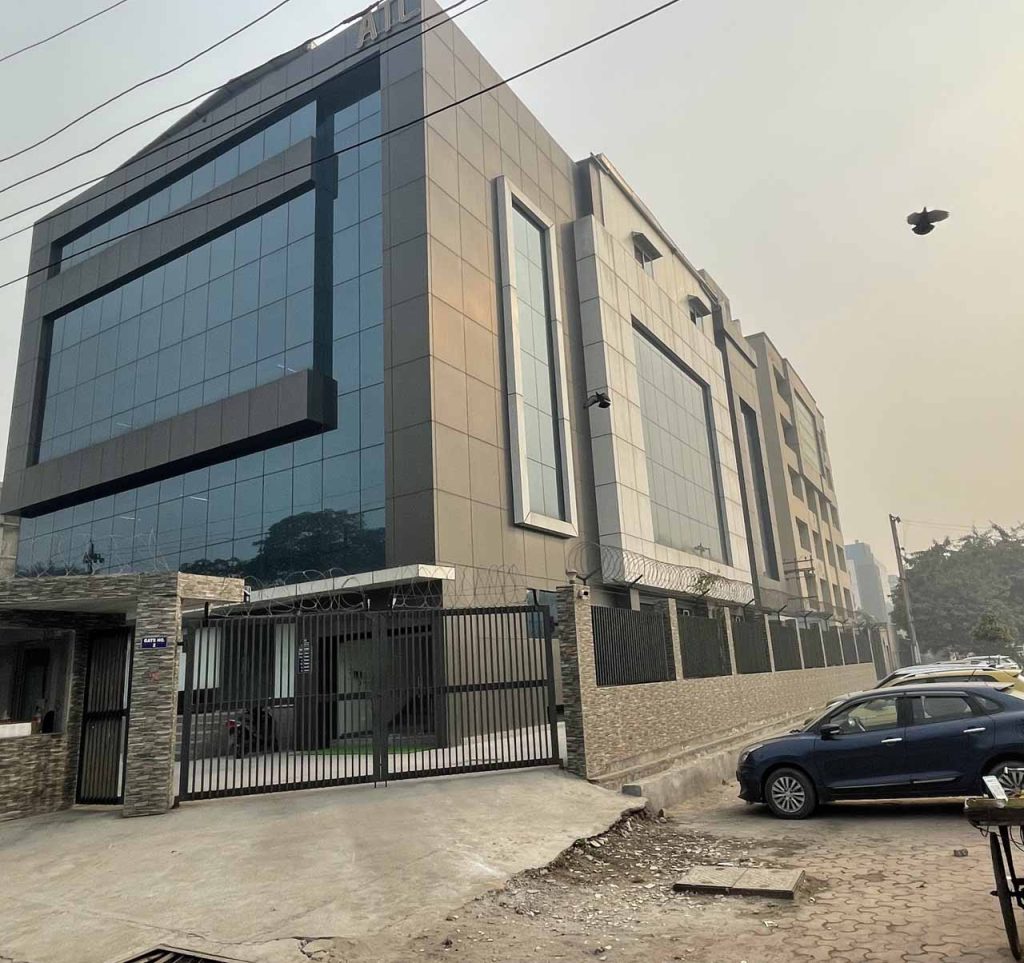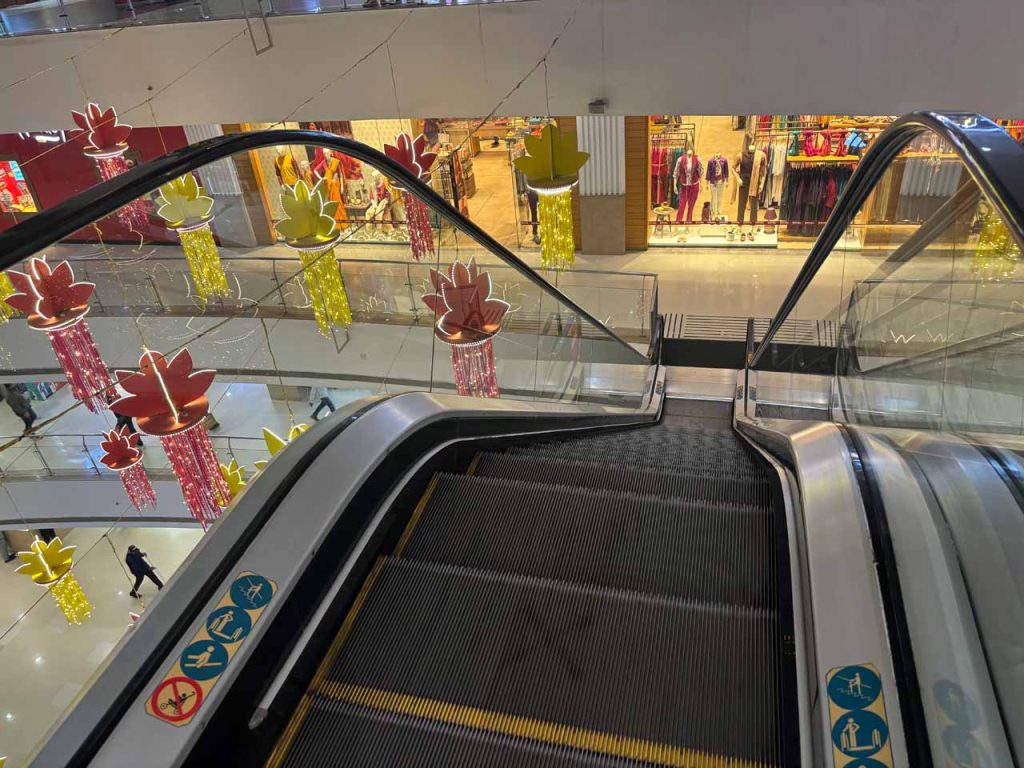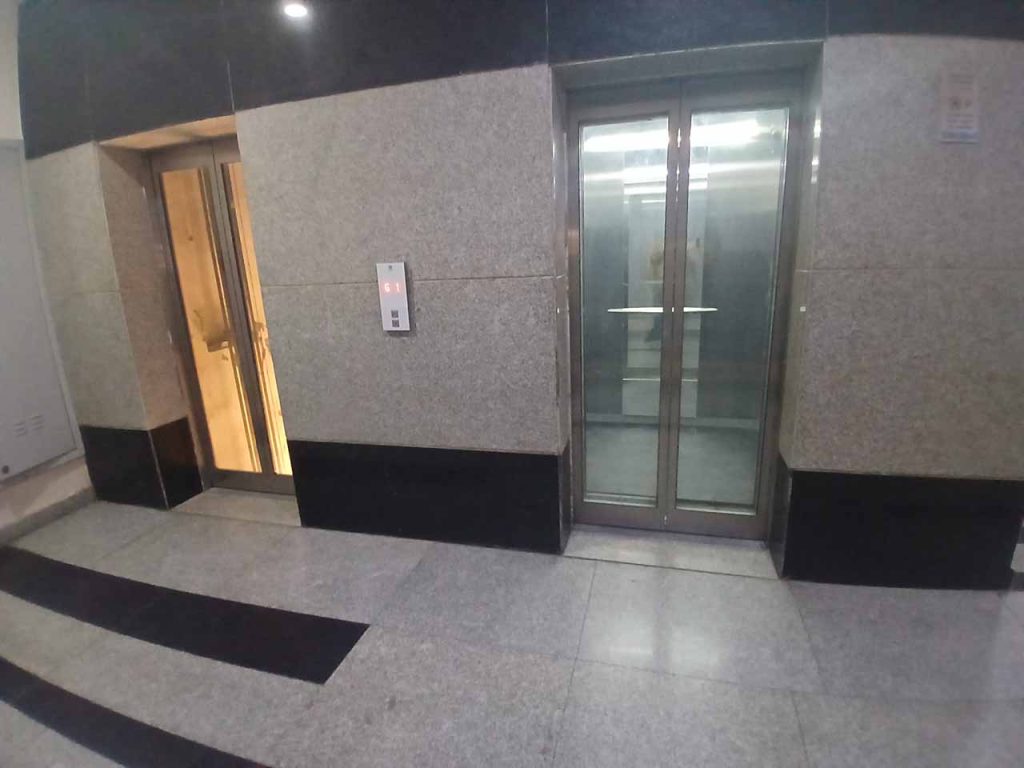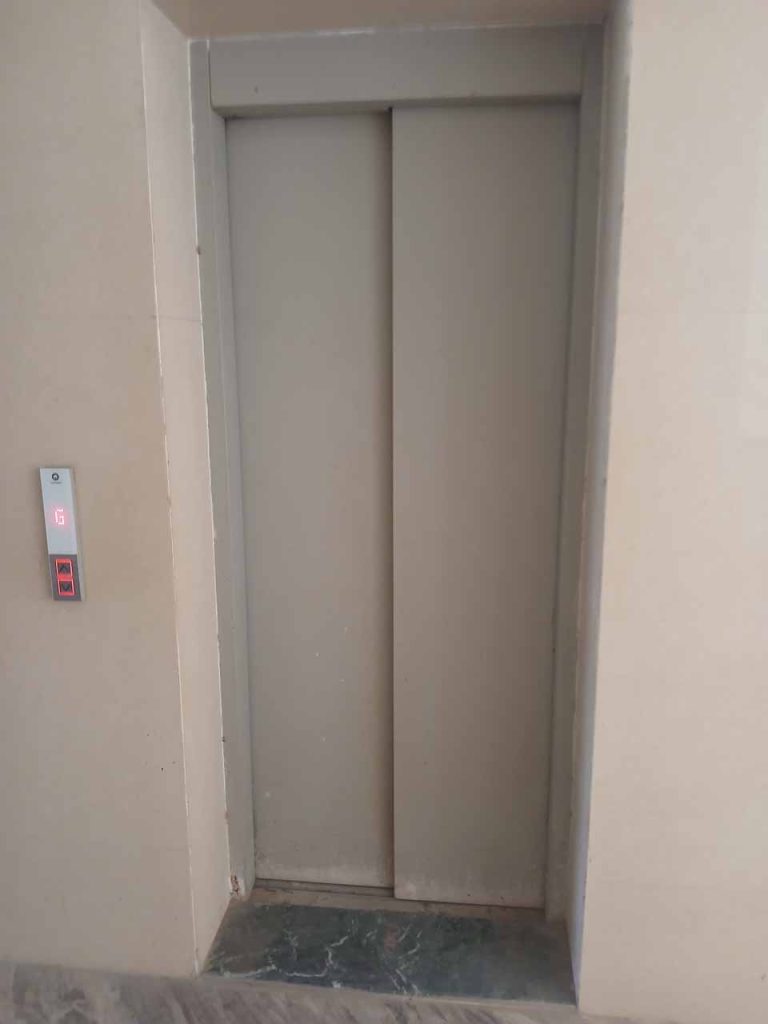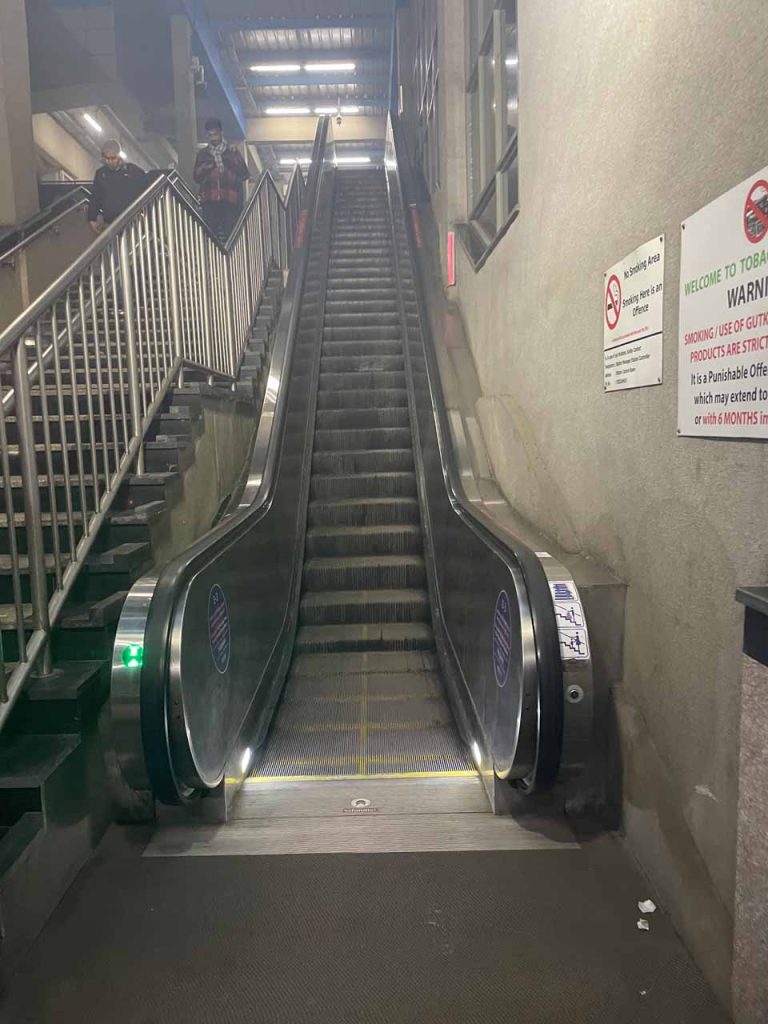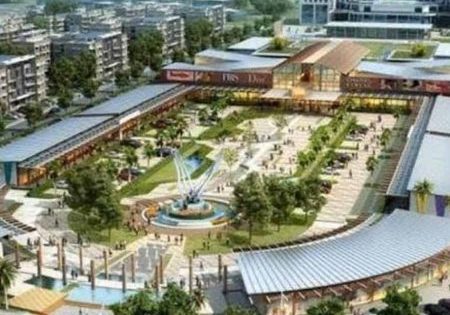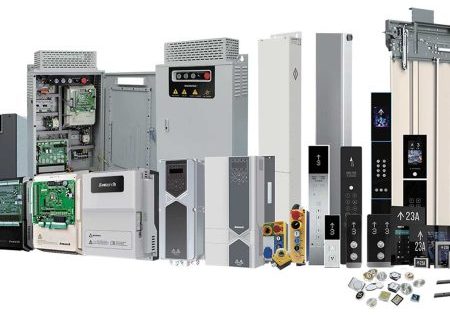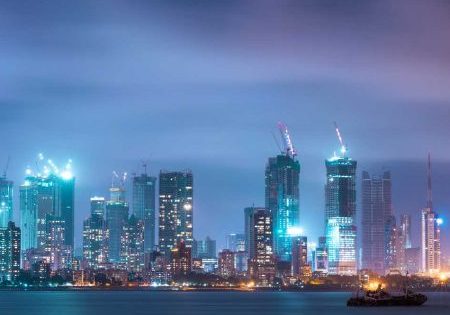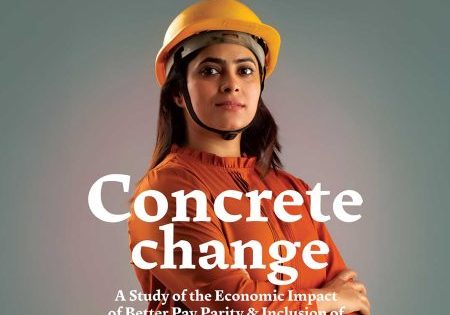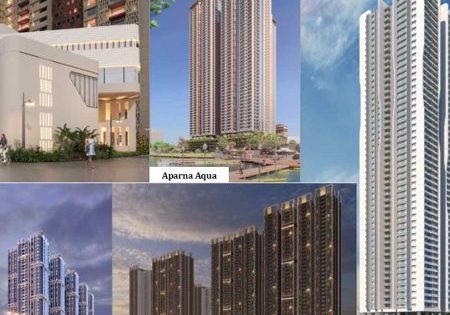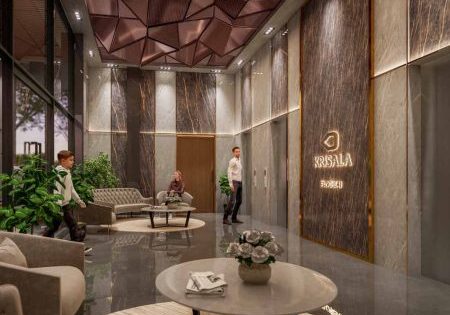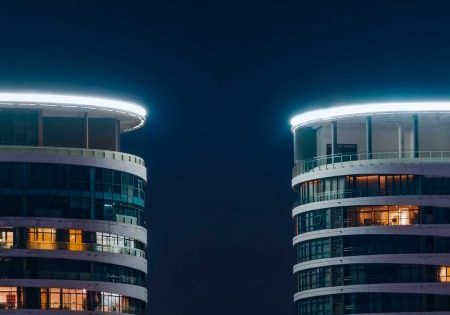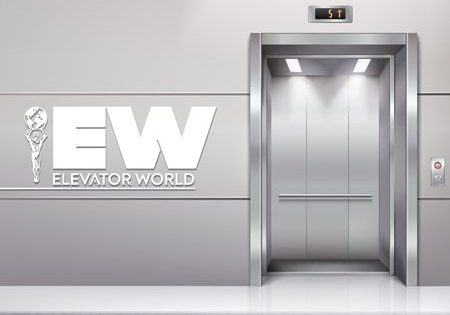VT systems evolve to improve functionality and conserve energy.
images courtesy: Gagandeep Kaur
As cities continue to grow upward, high-rise buildings have become a defining feature of urban landscapes. However, with the rise of these towering structures comes the need for an equally sophisticated infrastructure to move people within them. Vertical-transportation (VT) systems, especially elevators, are essential in ensuring the smooth functioning of high-rise buildings. But these systems are also among the largest energy consumers in modern buildings. As sustainability becomes a core priority for architects, engineers and developers, there is an increasing focus on designing energy-efficient elevator systems. These innovations aim to not only reduce energy consumption, but also to improve the overall functionality of high-rise buildings.
Let’s explore how VT systems are evolving to meet the demand for energy efficiency, highlighting key technological innovations and strategies that are transforming elevators into more sustainable components of modern high-rise buildings.
Why Sustainable VT Matters
Elevators, along with other VT systems, are responsible for a significant portion of energy consumption in high-rise buildings. In fact, energy used by elevators can account for up to 10-15% of a building’s total energy expenditure. As cities continue to grow and high-rise construction increases, the environmental impact of VT becomes even more significant. In response to growing concerns over climate change and energy usage, there is an urgent need to find more sustainable solutions for these systems.
The challenge goes beyond just reducing energy use. Modern building codes and tenant expectations increasingly demand sustainability across all aspects of construction and operation. VT must, therefore, be optimized for energy efficiency without compromising the comfort or convenience of the building’s occupants. Moreover, with the increasing focus on green building certifications, developers must integrate energy-efficient technologies to comply with regulatory standards and attract environmentally conscious tenants.
Key Innovations in Energy-Efficient Elevators
Over the years, a number of innovative technologies have been introduced to make VT systems more energy-efficient. These technologies focus on reducing energy consumption, improving system performance and ensuring the longevity of elevator components. Examples include regenerative drives, destination-control systems, LED lighting and advanced cabin design, and predictive maintenance and smart control systems. These are described below.
Regenerative Drives
One of the most significant advancements in elevator technology is the regenerative drive. Traditional elevators consume energy to lift the cabin and operate at full power regardless of whether the elevator is going up or down. Regenerative drives, however, capture energy during the descent of the elevator, particularly when the car is descending with a light load. This energy is then converted and sent back to the building’s power grid, where it can be used elsewhere. By harvesting energy that would otherwise be wasted, regenerative drives significantly reduce energy consumption, particularly in buildings with high elevator traffic.
This technology is ideal for buildings with many floors or high usage, where the elevator’s upward and downward movements can generate enough energy to offset a substantial portion of the building’s power needs.
Destination-Control Systems
Another groundbreaking innovation is the introduction of destination-control systems, which optimize the scheduling of elevator trips based on passenger demand. In traditional elevator systems, users press a button for the floor they wish to reach and the elevator follows a fixed route. This can lead to inefficient use of the system, with unnecessary stops at multiple floors, especially during high-traffic periods.
With destination control, passengers input their destination before entering the elevator. The system then groups passengers with similar destinations and assigns them to the same elevator. This significantly reduces the number of stops each elevator makes, resulting in faster travel times and lower energy consumption. Additionally, this system minimizes overcrowding in elevators and ensures that passengers reach their desired floors with minimal waiting time.
LED Lighting and Advanced Cabin Design
Energy-efficient lighting solutions, such as LED bulbs, have become standard in modern elevator cabins. LED lighting uses a fraction of the energy consumed by traditional incandescent bulbs and lasts much longer, reducing the frequency of bulb replacements. In addition to being more energy-efficient, LED lighting emits less heat, which contributes to lower cooling costs within the building.
Beyond lighting, the design of the elevator cabin itself plays a role in energy efficiency. Modern elevators use lightweight materials that reduce the overall weight of the cabin and, consequently, the amount of energy needed to move it. Lightweight designs help minimize power consumption while still maintaining the strength and durability needed for daily operations.
Predictive Maintenance and Smart Control Systems
Modern elevators are now equipped with predictive-maintenance technology, which uses sensors and data analytics to monitor the condition of elevator components in real time. This system can detect potential issues before they become major problems, enabling preventive maintenance. By ensuring that elevator systems are always operating at peak efficiency, predictive maintenance reduces the likelihood of inefficiencies caused by worn-out parts or malfunctions.
Smart control systems are also playing an important role in optimizing elevator operations. These systems use real-time data to adjust the elevator’s operation based on factors such as building occupancy, time of day and traffic patterns. For example, during off-peak hours, the system may reduce the frequency of elevator trips to save energy while increasing the number of cars available during rush hours to minimize wait times. This intelligent use of resources helps maintain a balance between energy savings and user convenience.
Sustainable Materials and Green Certifications
The push for sustainability in elevator systems goes hand-in-hand with the growing emphasis on green building certifications. Architects and developers are increasingly integrating elevators made from sustainable materials — such as recycled steel and energy-efficient glass — into their building designs. These materials not only contribute to the overall environmental goals of the building, but also enhance its aesthetic appeal.
In addition, the adoption of energy-efficient elevator systems can help buildings achieve important green building certifications, such as Leadership in Energy and Environmental Design, or LEED. These certifications signal to tenants and investors that a building is committed to sustainability, which can improve its marketability and value.
Integrating VT into Smart Cities
As cities evolve into smart cities, the integration of VT systems with broader urban infrastructure is becoming increasingly important. In a smart city, VT systems do not operate in isolation but are connected to other building systems, such as energy management and heating, ventilation and air conditioning systems.
Elevators in smart buildings can communicate with the building’s energy-management system to optimize energy usage based on real-time conditions. For instance, during periods of peak demand, elevators may reduce their speed or operation to conserve energy, while during off-peak hours, they can work more efficiently to reduce waiting times. This interconnectedness ensures that elevators are part of the larger system that seeks to reduce energy consumption throughout the building.
Additionally, as data analytics continue to advance, elevator systems can use the data generated by passengers and their usage patterns to further optimize the system. For example, an elevator may automatically adjust its operation based on the number of people in the building or the time of day, ensuring energy efficiency without compromising the user experience.
The Path to a Sustainable Future
As urbanization continues to drive the growth of high-rise buildings, the need for sustainable VT becomes increasingly urgent. Energy-efficient technologies, such as regenerative drives, destination control systems, LED lighting and smart control systems, are transforming elevators into sustainable solutions that reduce energy consumption and improve operational efficiency. These innovations help create buildings that are not only more energy-efficient, but also more comfortable and convenient for occupants.
Incorporating these technologies into high-rise buildings not only reduces their environmental impact but also helps building owners meet the growing demand for green certifications and sustainable construction practices. As the future of urban living evolves, the role of energy-efficient VT systems will become even more integral to creating smarter, greener cities. By adopting these technologies, developers and architects can help shape the future of sustainable urban development, ensuring that high-rise buildings contribute positively to the environment while meeting the needs of a rapidly growing global population.
Get more of Elevator World. Sign up for our free e-newsletter.
